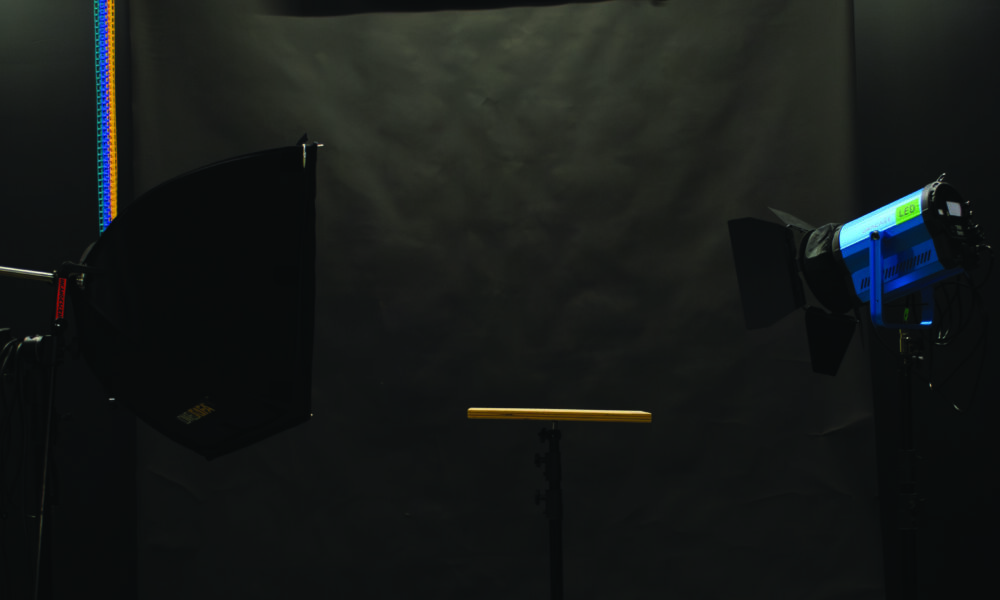At the beginning of this semester, I found myself eating lunch with a new dorm acquaintance, and making the usual small talk about classes. Add-drop deadlines were coming up, exacerbating the already-nagging sense of directionlessness that is so fundamental to collegiate studentdom, and the two of us felt just as lost as everyone else.
But it was with surprising resolution that my lunchmate told me she had dropped one of her classes, and in its place signed up for an art class held outside of McGill. McGill doesn’t have any studio art courses, she told me, so she thought it made more sense to put that tuition money toward a class she really wanted to take.
While I felt just as confused about my own path and future career as anyone else, I left the table feeling certain that McGill’s curriculum is in desperate need of studio art.
Despite the central reason behind McGill’s lack of studio art being that UQÀM and Concordia University receive government funding to support their respective programs, many at McGill have felt similarly about the void in the university’s curriculum. In Art History and Communications Studies (AHCS), students and faculty have worked to combat this by transitioning the course ARTH 474––Studies in Later 18th and 19th Century Art 3––to include a “Drawing for Art Historians” component.
Odd as it may seem, taking studio arts classes have gone hand-in-hand with my academic success. My notetaking, for instance, has become functional on both an informational and a visual level, where I give colour, format, and illustration as much validity as the denotations of words themselves.
On a formulaic level, studio art is fundamental to so many of McGill’s strongest disciplines: civil engineering, mechanical engineering, and architecture, to name a few. Studio art classes would give McGill’s curriculum––and its students––an essential foundation of creativity, innovation, and three-dimensionalism (both literally and figuratively). Studio art practice would be useful in a range of fields, whether that be for architectural conceptualization, for mechanical trial and error, or simply for a break from content-heavy courses with a paintbrush and a canvas.
The importance of thinking with one’s hands––using tangible materials like clay, oil paint, steel, or wire––cannot be stressed enough. Navigating physical relationships of materials and their properties engages the body and the mind simultaneously in a way that any other kind of thesis-building, book-reading, project-proposing, or derivation-taking does not. Any student who takes a sculpture class will find their range of conceptualization suddenly much broader, more original, and both more aesthetically and mechanically impressive.
On a psychological level, studio art is healthy. Walking away from a computer is a good start unto itself, but the frustrations and victories that occur in a studio are of a different species than those encountered anywhere else. In my own case, though I never considered pursuing art, I always considered it important to be able to work long hours on something I was proud of, without feeling like my work was another inevitable hurdle in the longer path towards a career.
In a prestigious, academically-distilled environment such as McGill, coursework often feels stiflingly pervasive. Studio art gives the mind a chance to exercise different cognitive muscles. In the same way an athlete must let their muscles rest in between high-intensity workouts in order to get stronger, the brain, too, needs a rest from the whirlwinds of papers and lab work in order to maintain its highest quality.
Many schools recognize the applicability of studio art, such as Northwestern University, where they offer a structural art course as part of their civil engineering program. This course emphasizes the connection between form and mechanics, which is essential to quality civil engineering. In tune with the initiatives taken by AHCS faculty at McGill, Northwestern provides an example of integrating studio art into an existing curriculum. For the sake of the quality and efficacy of McGill’s entire curriculum, as well as the general wellbeing and creativity of its students, the university would benefit from the addition of studio art.








